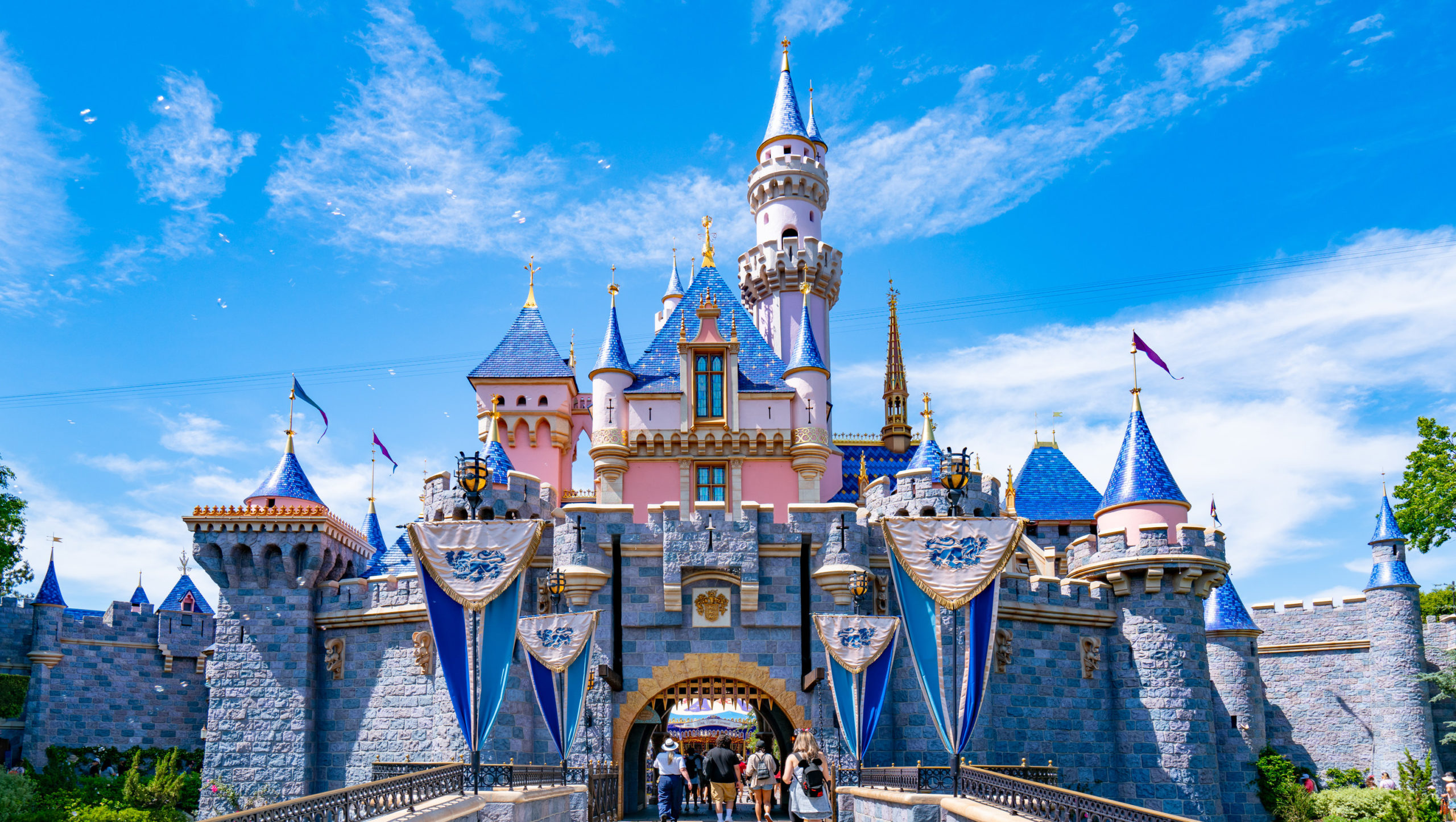One of my favourite places to holiday in is the Efteling amusement park in Holland. Not because I especially like going on rollercoasters — life as a middle-aged man is exciting enough — but because I love staying in the attached residential quarter, the Bosrijk.
Inside this entirely fake modern village the houses are all built in Dutch vernacular, making it feel like you’re in a Vermeer painting. The density is just right, the houses close enough to be neighbourly but distant enough to allow privacy, and there is an abundance of trees. Guests appreciate the scenery as everyone walks because, most importantly, cars are limited to 5mph and forced to park outside the village gates when not in use. The village has a natural border, too, enclosed by trees and, on one side, an entrance resembling old city gates.
It’s a northern European paradise, yet the absurdity really strikes me: why do we have to visit an amusement park to experience the sort of urbanism almost all of would prefer to live in every day, and which is easily buildable?
Today marks 50 years since the Magic Kingdom opened, Disneyworld in Florida, and decades on there are a whole range of theme parks, often imitating the Disney style. Yet if you look at much theme park architecture, it compares very favourably with what gets built in most modern cities. (On top of that list check out Clark’s Trading Post in Northern New Hampshire and Village Square in Ontario).
Why are theme parks better than the stuff designed by top architects in the most expensive parts of major cities? Cult Twitter traditional architecture super-fan “Wrath of Gnon” once explained the reason: amusement parks feature the only modern architecture actually designed to make people feel happy.
When was the last time a new piece of urban architecture was presented not as some proof of the individual’s great genius, but as something that will make people feel better as they walk past? Probably never, because architecture is often about fashion and status.
Wrath of Gnon’s theory is that “most Americans have never experienced a real city, except as maybe a simulation in the form of a Disneyland”, and that theme parks “are virtually the only modern built ‘places’ that always get the human scale and walkability right”. They are cosy, safe and lively, just as cities should be.
He has written that:
It’s not like this has gone unnoticed, either. Leading 20th century architect Robert Venturi’s wrote that Walt Disney’s vision was “nearer to what people really want than anything architects have ever given them.”
Urban planner James Rouse once told an audience at the Harvard School of Design that “the greatest piece of urban design in the United States today is Disneyland” and said that “in its respect for people, in its functioning for people”, Disneyland had better lessons for planners “than in any other single piece of physical development in the country.”
If you designed a theme park that made people feel isolated or depressed or bleak, no one would visit. So why, then, do we make cities do just that?











Join the discussion
Join like minded readers that support our journalism by becoming a paid subscriber
To join the discussion in the comments, become a paid subscriber.
Join like minded readers that support our journalism, read unlimited articles and enjoy other subscriber-only benefits.
Subscribe